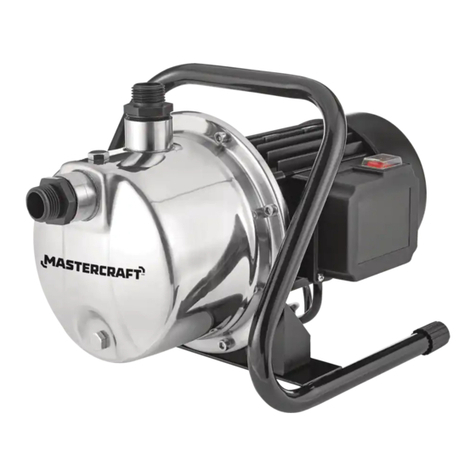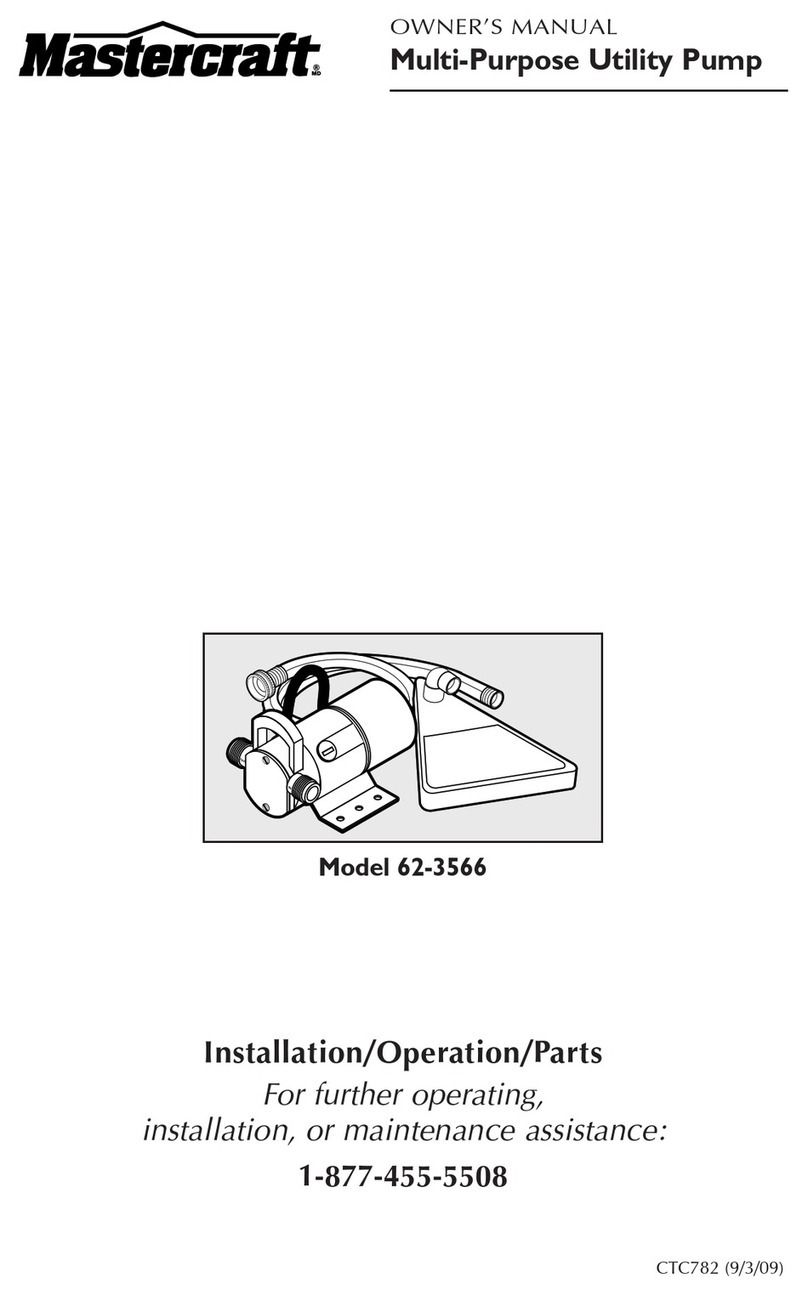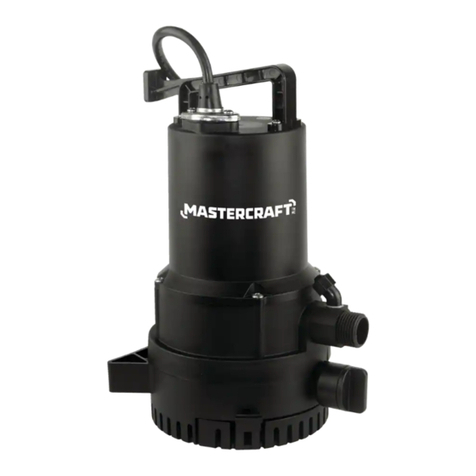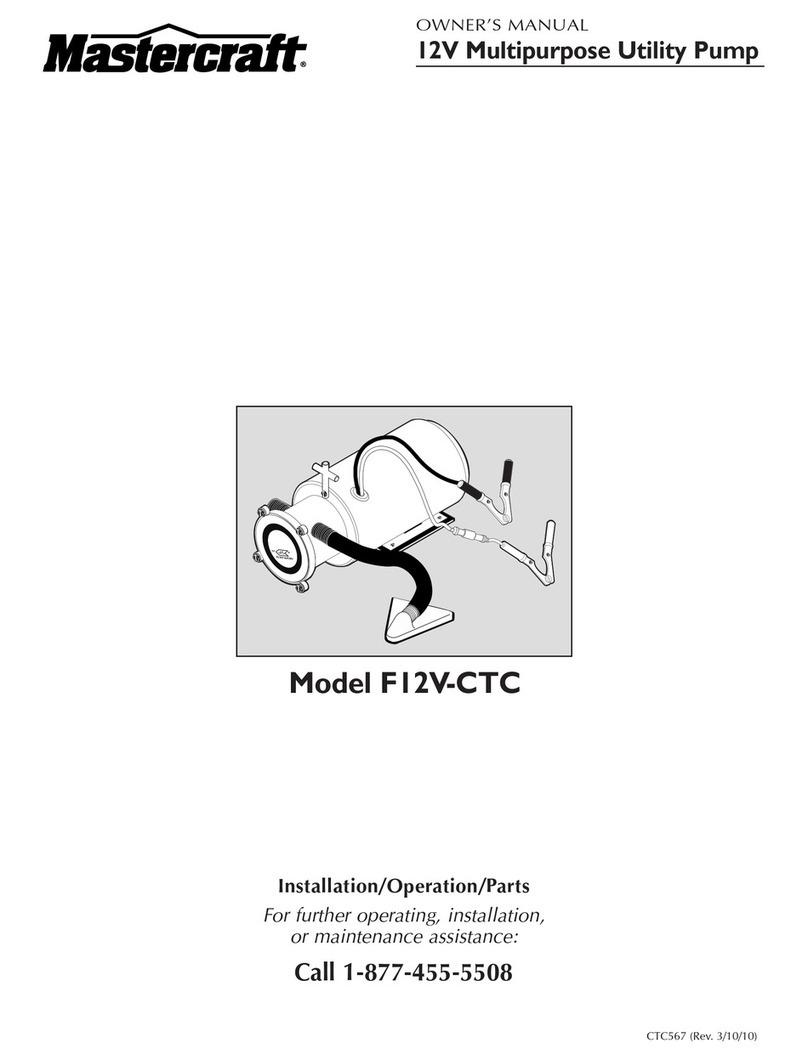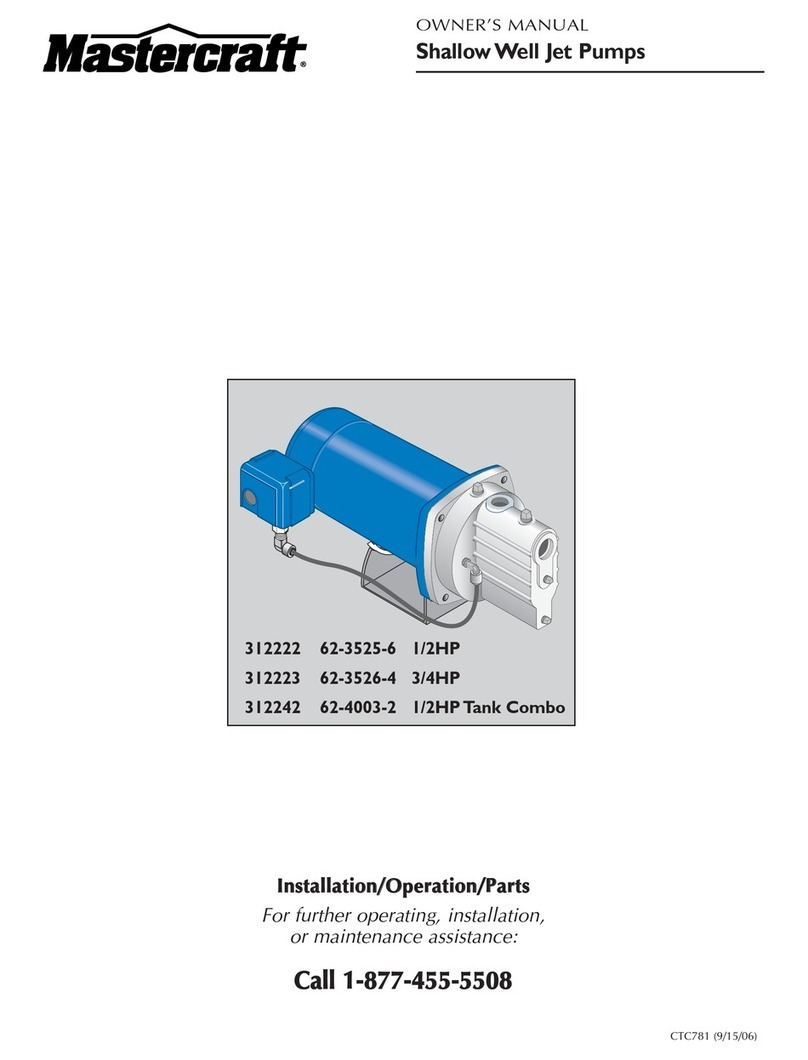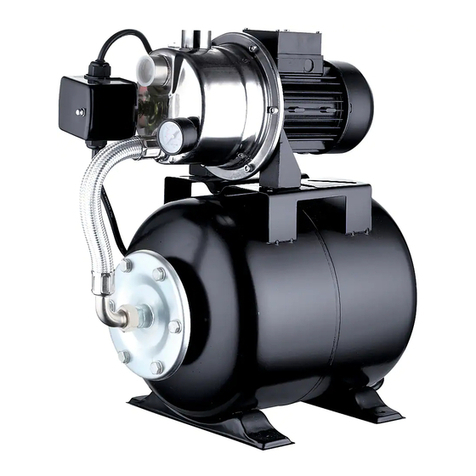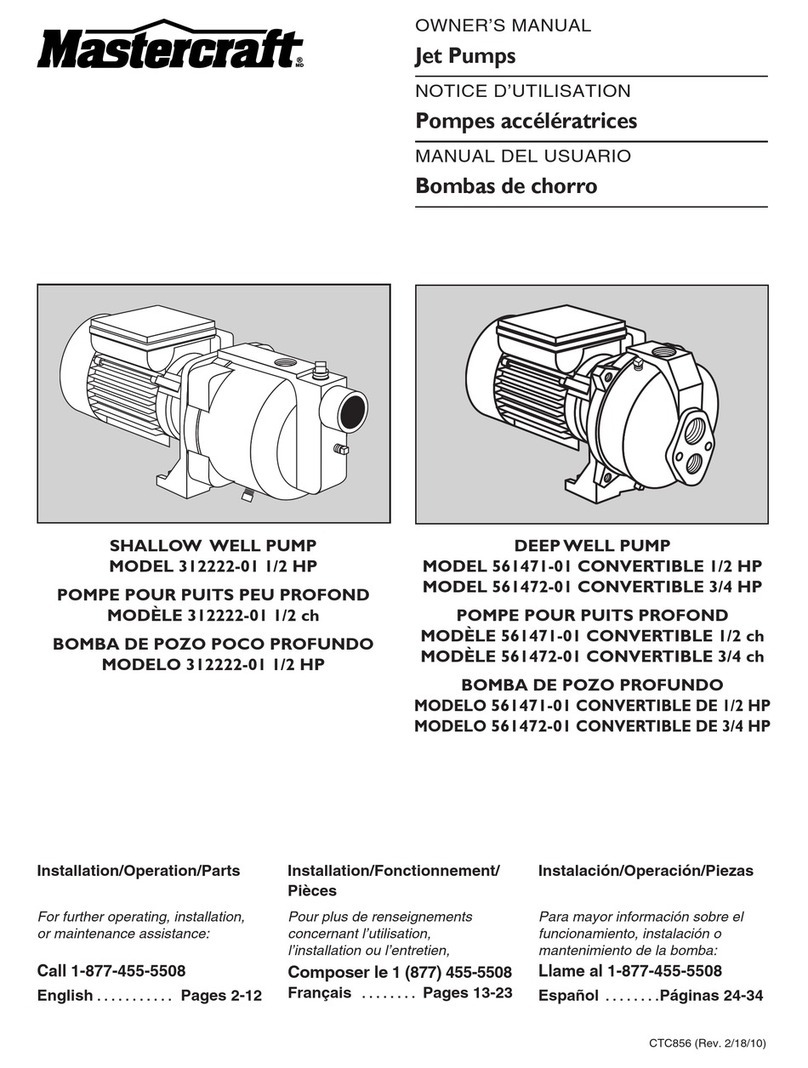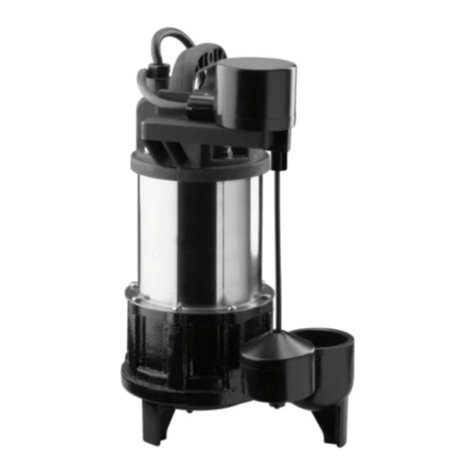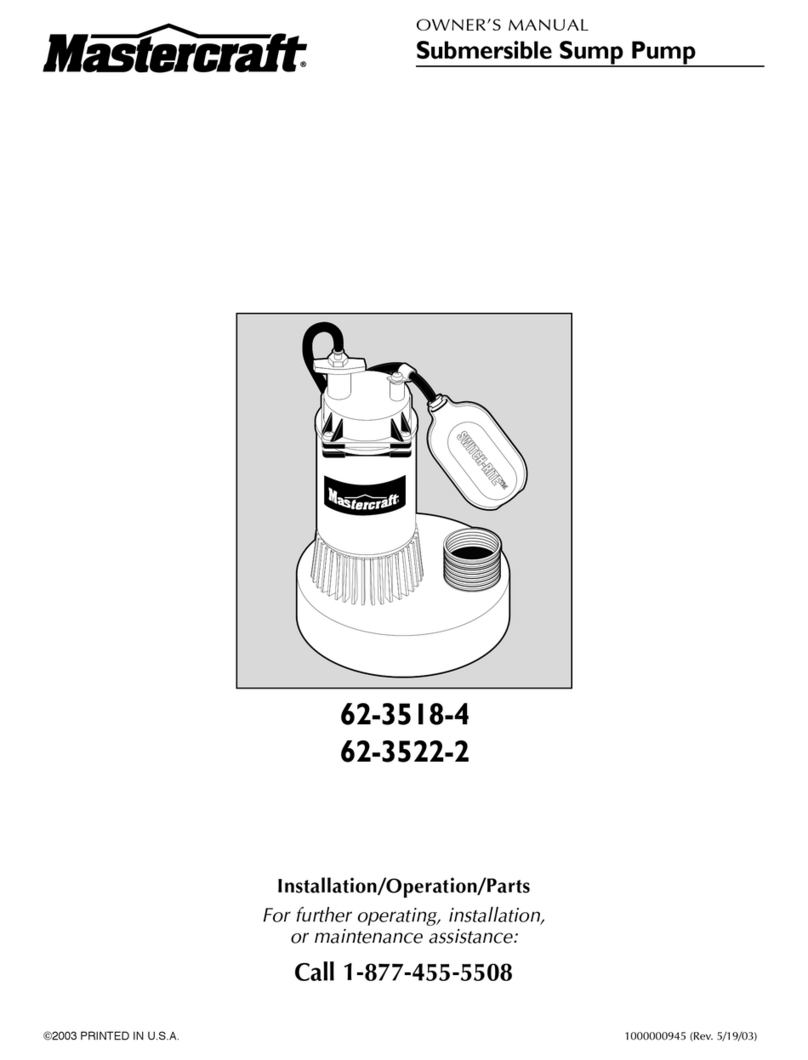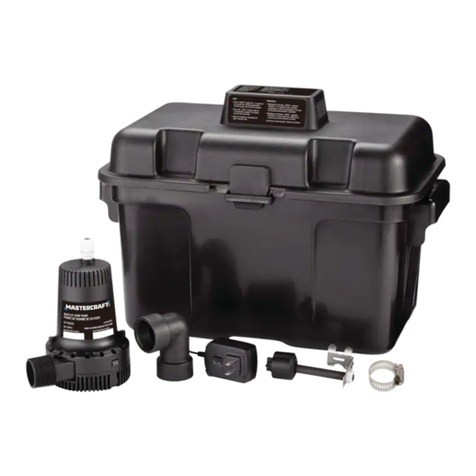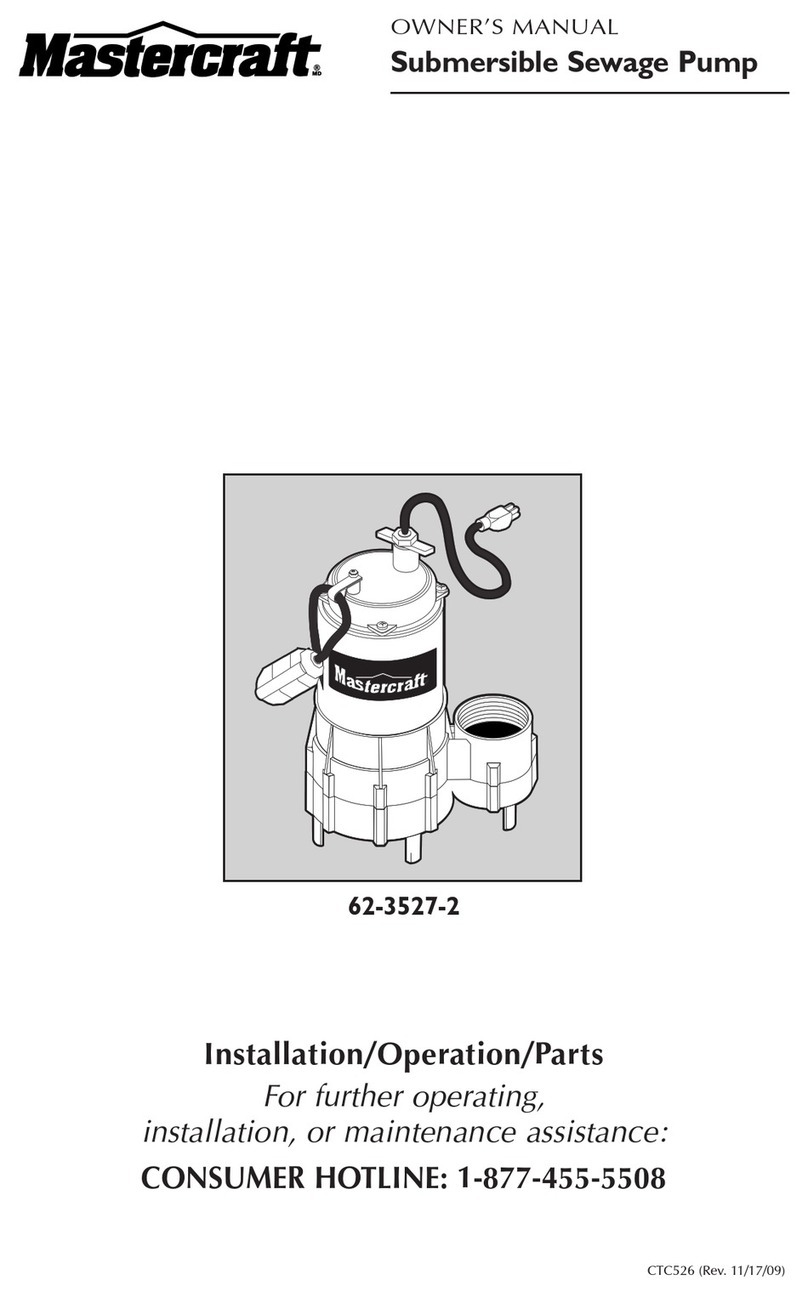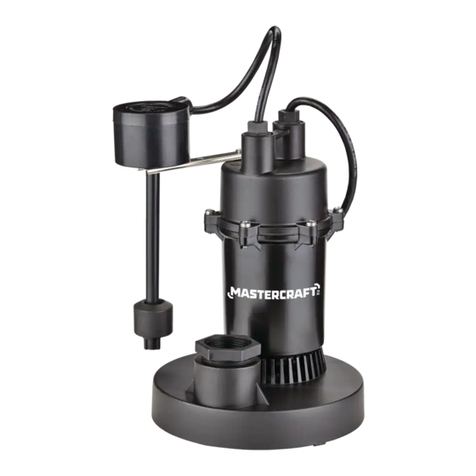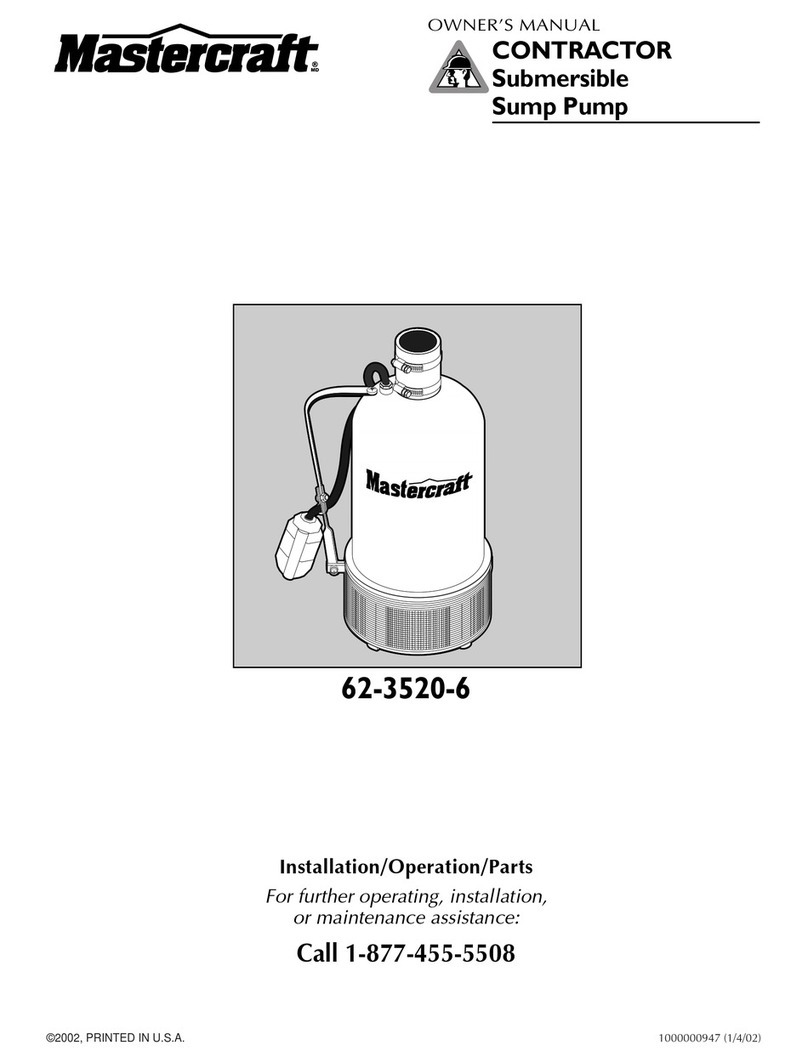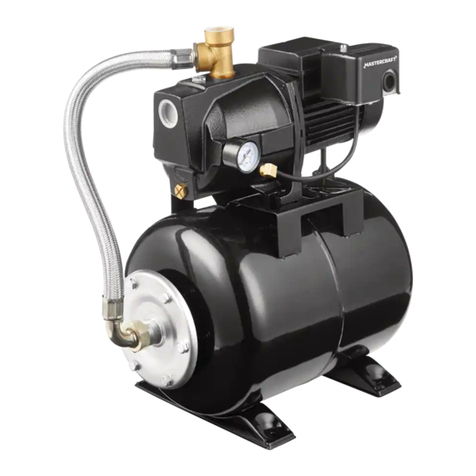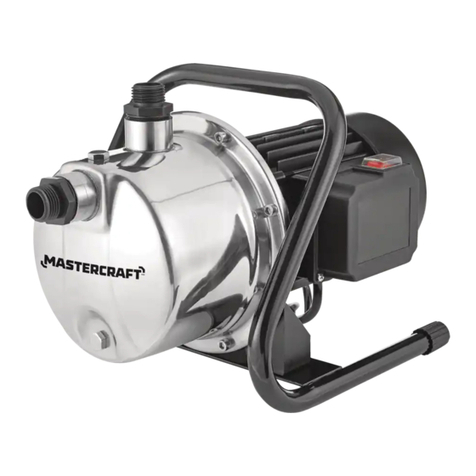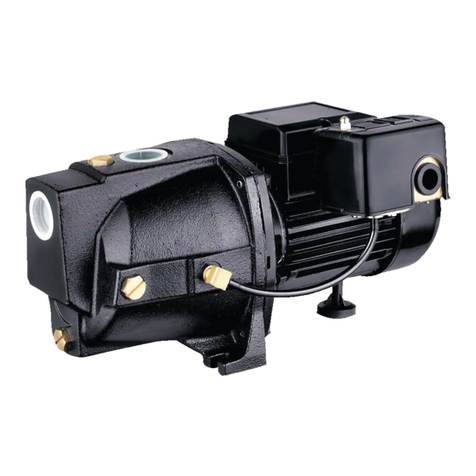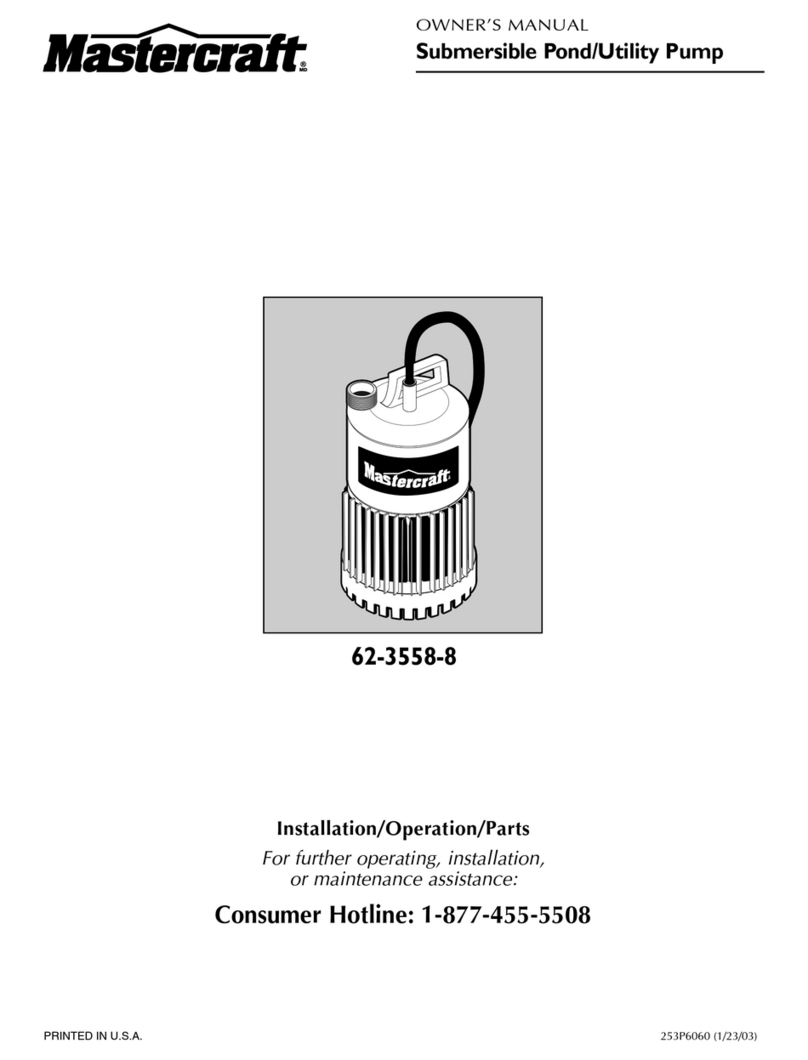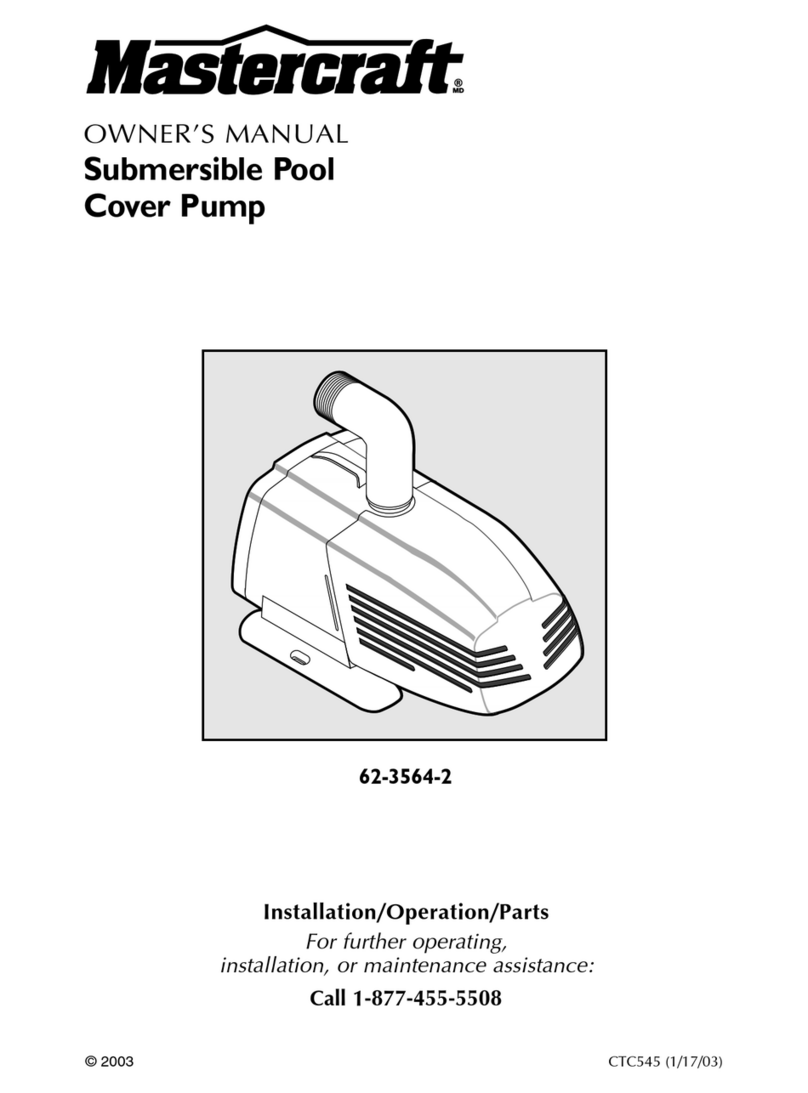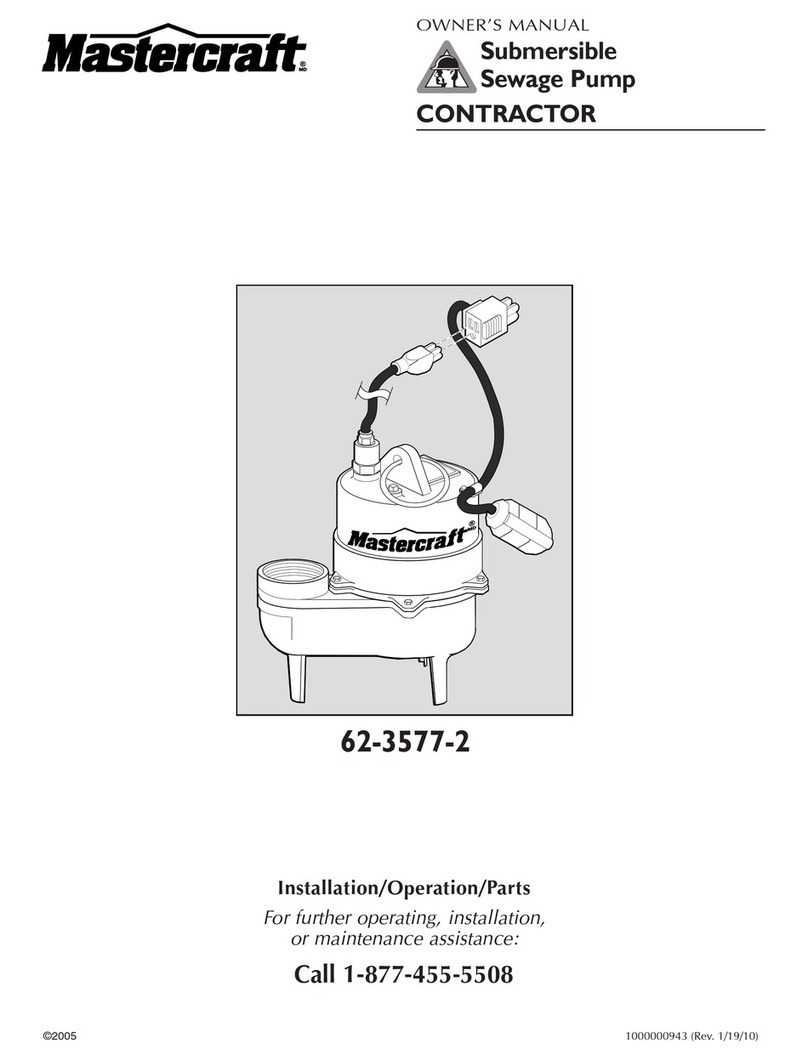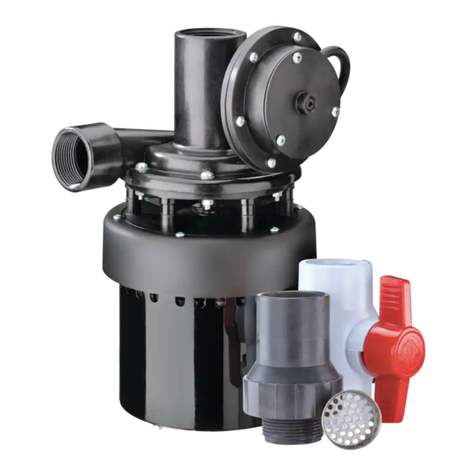
headline bars
continuation tabs
notes
warnings
headline bars
continuation tabs
notes
warnings
model no. 062-3593-2 | contact us 1-800-689-9928
8
SAFETY GUIDELINES
This manual contains information that relates to protecting personal safety and preventing
equipment problems. It is very important to read this manual carefully and understand it
thoroughly before using this product.
• These precautions are intended for the personal safety of the operator and others working
with the operator. Failure to follow these instructions may result in a permanent loss of vision,
serious personal or even fatal injury, property damage and/or tool damage. Please take the time
to read and understand them.
• Wear safety glasses with side shields when operating the pump and verify that others in the
work area are also wearing safety glasses. Safety glasses must conform to both American
National Standards Institute (ANSI Z87.1) and Canadian Standards Association (CSA Z94.3)
standards requirements and must provide protection from flying particles from the front and the
sides. Failure to comply may result in moderate injury.
• The motor of this pump has a thermal protector that will trip if the motor becomes too hot. The
protector will reset itself once the motor cools down and an acceptable temperature has been
reached. The pump may restart unexpectedly if it is plugged in.
• This pump is made of high-strength, corrosion-resistant materials. It will provide trouble-free
service for a long time when properly installed, maintained, and used. However, inadequate
electrical power to the pump, dirt, or debris may cause the pump to fail. Please carefully read
the manual and follow the instructions regarding common pump problems and remedies.
• Mastercraft Canada is not responsible for losses, injury, or death resulting from a failure to
observe these safety precautions, or the misuse or abuse of pumps or equipment..
DANGER!
• Keep children away from the work area. Do not allow children to handle the pump.
• Follow all electrical and safety codes, particularly the Canadian Electrical Code, and local codes and ordinances.
• Disconnect the power supply to the pump, drain all water and release all pressure from the water system before
servicing any pump component.
• Risk of fire or explosion: Do not pump flammable or explosive liquids such as oil, gasoline, kerosene, ethanol, etc. Do not
use in the presence of flammable or explosive vapours. Using this pump with or near flammable liquids can cause an
explosion or fire, resulting in property damage, serious personal injury and/or death.
• Risk of electric shock: Never remove the ground terminal on the three-pronged power plug of the pump as the ground
terminal is designed for protection. Do not adjust any electrical appliance or product without disconnecting the power
supply. Do not stand on wet or damp surface or in water when the pump is connected. Avoid handling the pump with
wet hands.
• Risk of burns: Do not touch the motor housing during operation. The motor is designed to operate at high temperatures.
Do not disassemble the motor housing
• Ensure the electrical power source is adequate for the requirements of the pump.
• Extension cords may not deliver sufficient voltage to the pump motor. Extension cords present a life-threatening safety
hazard if the insulation becomes damaged or the connection ends fall into water. The use of an extension cord to power
this pump is not permitted.
• Ensure that the electrical circuit to the pump is protected by a 20-amp or larger fuse or circuit breaker.
CAUTION!
• Know the pump and its applications, limitations, and potential hazards.
• Secure the discharge line before starting the pump. An unsecured discharge line will whip, possibly causing personal
injury and/or property damage.
• Secure the pump to a solid base. This will aid in keeping the pump in a vertical orientation. This is critical in keeping the
pump operating at maximum efficiency. It will also help prevent the pump from clogging resulting in premature failure.
• Periodically inspect the pump and system components. Disconnect the pump from the power supply before inspecting.
• Never run the pump dry, as doing so may damage the mechanical seal and void the warranty. This pump has to be
primed before starting.
SAFETY GUIDELINES
